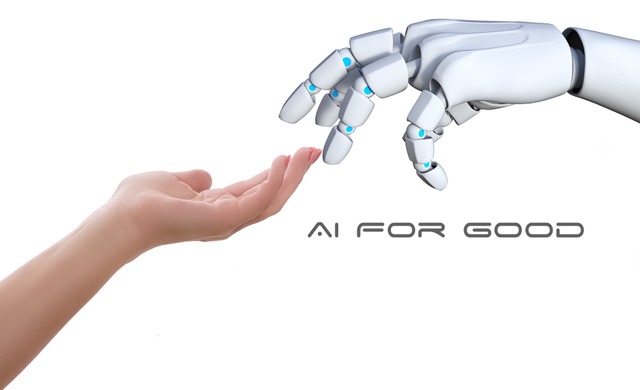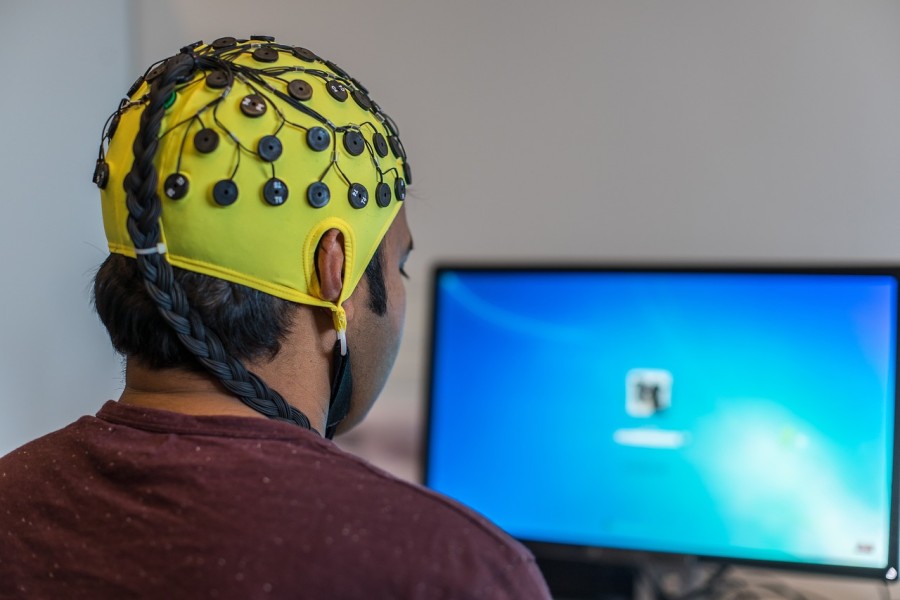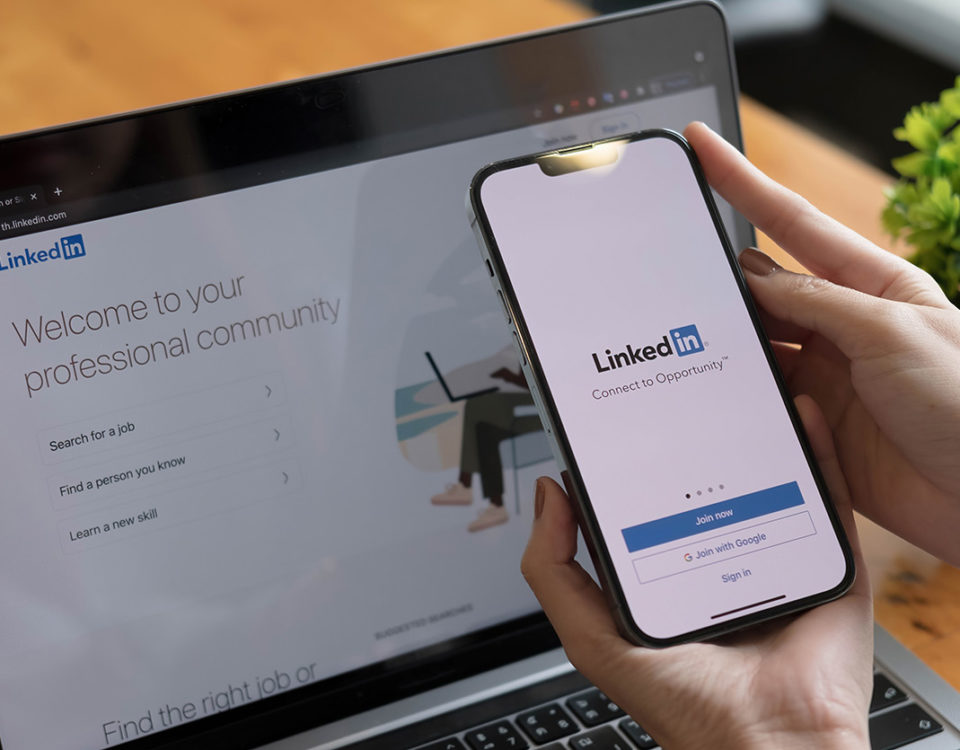
7 MORE Bonehead Negotiating Mistakes You’re Probably Making
March 18, 2018
MSP Marketing Plan: 7 Tricks That Will Make Your Planning a Success
October 15, 2018Blog written by Sharka Chobot, July 23, 2018
Last week thousands of partners from around the world attended Microsoft’s annual Inspire global partner conference to gain insights into Microsoft’s vision and strategy for the coming year and to ensure their development and go-to-market strategies are aligned.
We highly recommend you investigate, explore and leverage each of them to position your organization at the center of Microsoft’s growth strategy.
Here are the core themes from last week that we believe are clear priorities in FY19:
1. Focus on your customers’ success. Make them the hero of the story. Technology should fade into the background, with your customers’ growth in the spotlight.
2. Honour privacy, which is a human right, and ensure security. This includes ongoing GDPR compliance and ensuring customers are in control of their data. Pledge to protect your customers. See https://cybertechaccord.org/
3. Intelligent cloud and Intelligent edge. The proliferation of server-less computing and the changing nature of distributed applications is forcing every business to change. Find or develop creative solutions that seamlessly link the 8.4 billion connected sensors and IoT devices on the planet (Gartner).
4. AI for “Good” – Leverage AI in an ethical and responsible way.
Microsoft also updated its core solution area definitions, which now include: Gaming (i.e. educational games that teach children life skills), Modern Life (i.e. intelligent electricity metering devices in the home), Modern Workplace, Business applications, Apps & Infrastructure, Data and AI.
Intelligent Cloud & Intelligent Edge
As we continue to use more internet-connected devices at work and home (I have a fit bit to track my steps, Alexa to provide an update on my morning commute and a smart thermostat at my ski cabin that allows me to remotely turn up the temperature prior to my arrival) customers will increasingly expect all of their IoT devices to be easy to use, respond to their natural speaking voice, seamlessly integrate with other applications and dynamically evolve to meet their changing needs.
In the words of Kevin Scott, Microsoft’s CTO “when we take the power of the cloud down to the device – the edge – we provide the ability to respond, reason and act in real time. Internet-connected devices are bringing us closer than ever before to a world of ubiquitous computing and ambient intelligence.”
Regardless of your industry, whether vertical or workload focus, IOT should be on your list of development priorities.
AI for Good
Satya challenged us all to ask not what computers CAN do but what they SHOULD do. Artificial Intelligence (AI) is at the forefront of the Microsoft vision. Not just for greater efficiency, productivity and economic growth, but to do “good” in the world. Our challenge is to seek out opportunities that leverage AI to help our customers make a positive impact on society, and the world a better place.
Examples include leveraging AI to help farmers increase their yield, harvesting more crops from the same plot of family land, increasing literacy rates in developing countries, enabling the disadvantaged or disabled to lead more productive, fulling lives, or equipping third-world doctors with technology and information that allows them to triple the number of patients they can help each day. Our collective goal should be to create AI solutions that support people and organizations focused on accessibility, environmental advocacy, education, and healthcare. Leverage AI to create a more sustainable future.
AI for Accessibility
Microsoft has committed $25 million to a new program that leverages AI to provide better solutions for persons with disabilities, giving them new opportunities for independence and productivity that was not previously available to them.
The Strategy:
The program is anchored in an artificial intelligence platform that allows you to create and test new AI applications for people with disabilities; with a team of Microsoft engineers standing by, committed to helping you get your new ideas off the ground. The three program focus areas are employment, modern life, and human connection, with the goal of developing professional skills, increasing independence, and providing equal access to information.
AI in Action:
“Seeing AI” is an excellent example of AI helping people with disabilities. https://www.microsoft.com/en-us/seeing-ai. This free app provides the visually impaired with a description of the world around them. Using your smartphone’s camera, the app can describe the person in front of you, their facial expression, as well as read text. When I used the Seeing AI app it described me as a 47-year-old happy woman… I think I like the app already!.
AI for Earth
This $50 million initiative is aimed at saving the planet. It puts leading edge AI technology in the hands of teams working to solve global environmental challenges. The project has four focus areas: climate change, agriculture, access to water, and biodiversity. The initiative focuses on accelerating innovation using AI to solve some of the biggest environmental challenges of our time. https://www.microsoft.com/en-us/aiforearth
The Strategy:
Scientists or organizations working in any of the above focus areas can apply for a grant to support their research project. Microsoft provides Azure cloud computing resources to support research that helps the earth, environment, and ultimately, our future generations.
In Action:
To date, Microsoft has awarded 110 grants in 27 countries to individuals and organizations who are finding new ways to stop climate change, conserve the earth’s biodiversity, feed the world’s ever-growing population, provide clean, safe water, and much more.
AI in Education
Today’s children are tomorrow’s leaders, but many lack the essential support and resources required to help them achieve their potential. Microsoft’s AI for education initiative focuses on providing students and educators with the tools and information they need to construct a brighter future.
The Strategy:
The program focuses on reducing dropout rates by providing teachers with machine learning technology that allows them to better support students. The solution uses advanced analytics and learning strategies that enable educators to identify at risk students early, and then intervene to provide additional support, leading to increased graduation rates.
In Action:
In New Delhi, India, this approach is currently being used in over 10,000 schools to help lower dropout rates, which currently range between 40% and 64%. With this AI solution in place, the New Delhi school system has a greater than 90% prediction rate for identifying students at risk of dropping out of school. With this information, the schools can provide customised counselling and help at risk students.
AI in Healthcare
According to the United Nations, in 2017, there were an estimated 962 million people on the planet aged 60 or over. This population segment, which represents 13% of the global population, is growing at a rate of 3% per year, rising to 1.4 billion by 2030. An aging population will drive many changes, but none greater than in healthcare. Microsoft’s AI for Healthcare is now providing advanced AI solutions to help tackle some of these challenges and ensure a better quality of life for all in the future.
The Strategy:
Microsoft is developing algorithms that will be deployed as intelligent Azure services that are designed for third party medical software developers to help researchers and medical specialists combat cancer and other illnesses.
In Action:
Project InnerEye offers innovative machine learning tools that help radiologists identify and analyze 3-D images of cancerous tumors. This capability enables them to plot the path of a disease’s progression with much greater accuracy.
Leverage AI to Make a Difference for Good.
Much of today’s press and media coverage has focused on the dark side of AI. As industry leaders it is our responsibility to counter that fear with evidence of AI for good. Identify a cause, environmental challenge or social inequity you or your customer are passionately about, then create an opportunity to leverage AI and make a difference. AI holds the potential to bring health, hope, possibility and prosperity to all 7 billion + global citizens, but change happens when you make it personal.
Last Words.
My favorite quote from Inspire: “Want to be ‘cool’? Go look for somewhere else to work. If you want to join a company that is committed to making others cool, join Microsoft!” Satya Nadella
Helpful related articles and content:
Scott, K. CTO Microsoft (July 23, 2018). The next wave of computing is the intelligent edge and intelligent cloud. https://blogs.microsoft.com/blog/2018/07/23/the-next-wave-of-computing-is-the-intelligent-edge-and-intelligent-cloud/
Cybersecurity Tech Accord (June 20, 2018). Eleven new companies join pledge to fight cyberattacks, promise equal protection for customers worldwide. https://cybertechaccord.org/
Vanian, J. (May, 2018). 4 Big Takeaways from Satya Nadella’s Talk at Microsoft Build. http://fortune.com/2018/05/07/microsoft-satya-nadella-build/
UN Global Ageing Issue (July 2018). Retrieved from http://www.un.org/en/sections/issues-depth/ageing/index.html
Tung, L. (2017). IoT devices will outnumber the world’s population this year for the first time. Retrieved: https://www.zdnet.com/article/iot-devices-will-outnumber-the-worlds-population-this-year-for-the-first-time/



